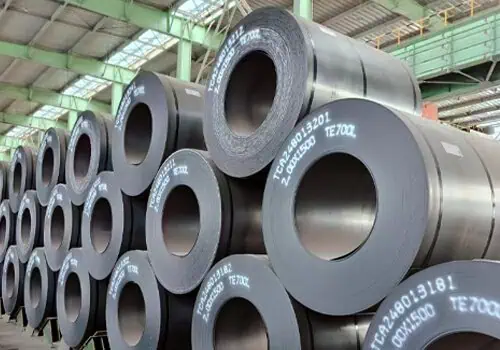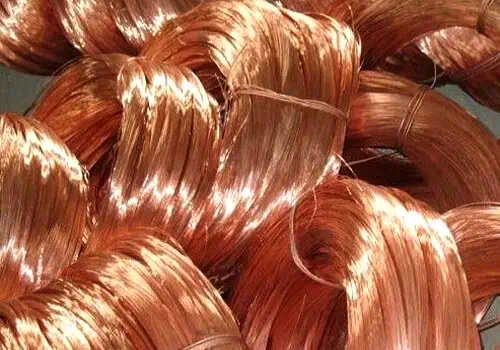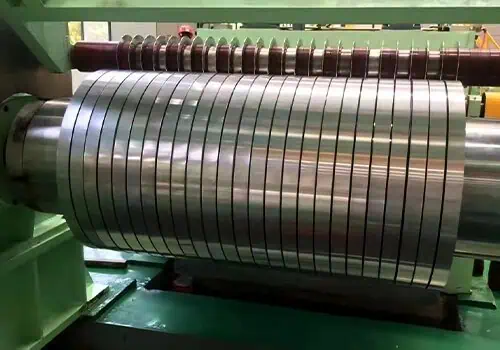Rust and corrosion may weaken steel, resulting in costly repairs and structural problems. Galvanized steel is a long-lasting option that prevents corrosion and ensures durability in building, industrial, and outdoor applications.
Galvanized steel is steel coated with a layer of zinc to prevent rust and corrosion. The most common methods are hot-dip galvanization and electro-galvanization. This process improves galvanized steel properties, making it strong, long-lasting, and cost-effective. It is widely used in construction, automotivo, and industrial applications due to its superior durability and low maintenance requirements.
Now, let’s explore the production process, advantages, uses, and maintenance suggestions for galvanized steel and how it compares to normal steel.
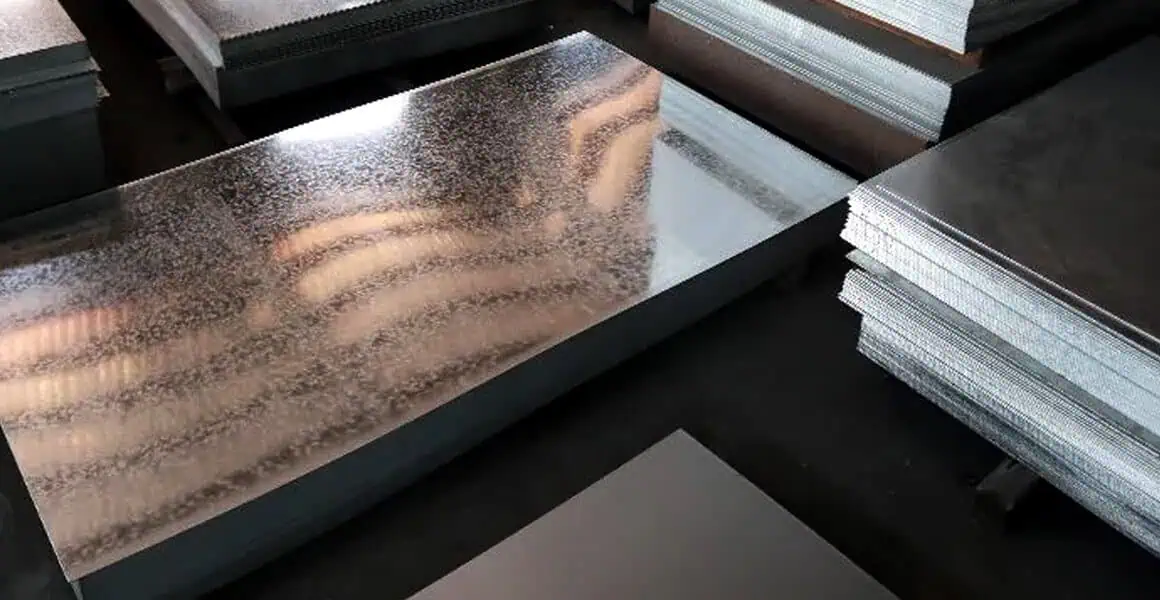
What Is Galvanized Steel and How Is Galvanized Steel Made?
Galvanization is a method of protecting steel from corrosion by coating it with zinc. This protective coating prevents rusting and increases the steel’s durability. There are two main procedures utilized worldwide: hot-dip galvanization and electro-galvanization.
Hot-dip galvanization involves immersing steel in molten zinc, generating a strong, thick protective coating. Electro-galvanization is a method of applying a thinner zinc coating that uses electricity. Both procedures improve corrosion resistance, but hot-dip galvanizing provides excellent long-term protection.
Hot-dip galvanized steel has a metallurgical link with zinc, making it suitable for structural purposes. In contrast, electro-galvanized Folha galvanizada has a smoother surface and is widely utilized in the automotive and electrical sectors. The decision between these approaches is determined by the desired application. Galvanized metal sheets used in construction are often hot-dip galvanized, whereas galvanized coil used in appliances is frequently electro-galvanized.
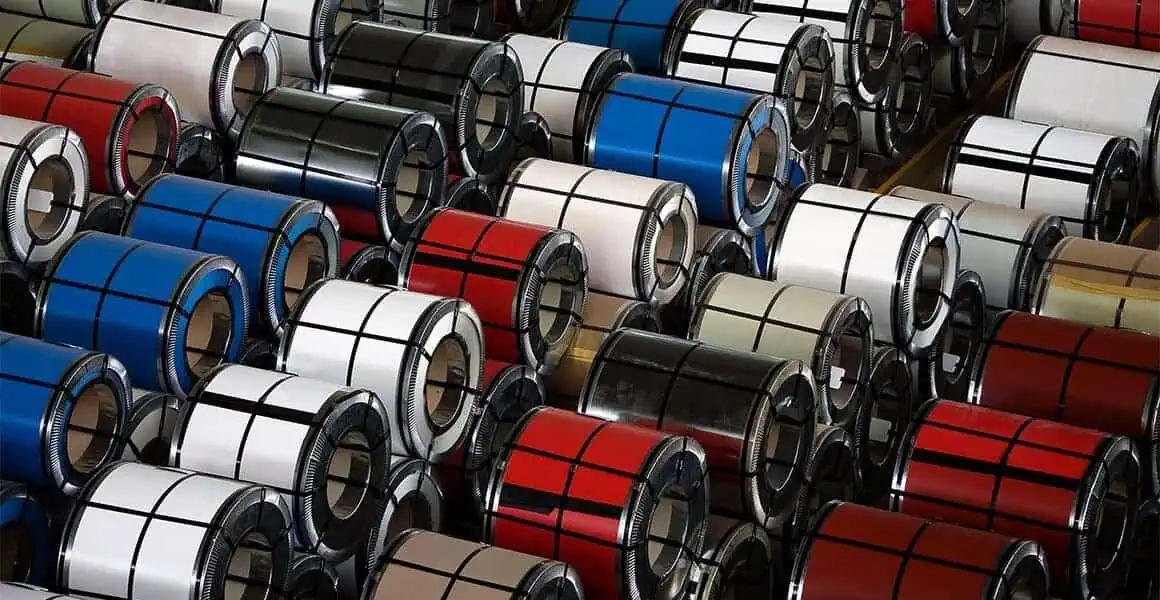
What Are the Benefits of Galvanized Steel?
Steel is prone to rusting when exposed to moisture, air, or chemicals. Galvanizing avoids this, making galvanized steel metal one of the most durable materials available today.
Resistência à corrosão, durabilidade, affordability, and ease of maintenance are among the primary advantages of galvanized steel. The zinc coating protects the steel from environmental influences, allowing it to last longer.
Galvanized plate requires less maintenance than stainless steel, galvanized aluminum, and untreated steel while remaining highly resistant to environmental harm. Zinc’s self-healing characteristics guarantee that slight scratches do not degrade its protective qualities. Furthermore, galvanized steel prices tend to be lower than aço inoxidável, making it an economical alternative for large projects.
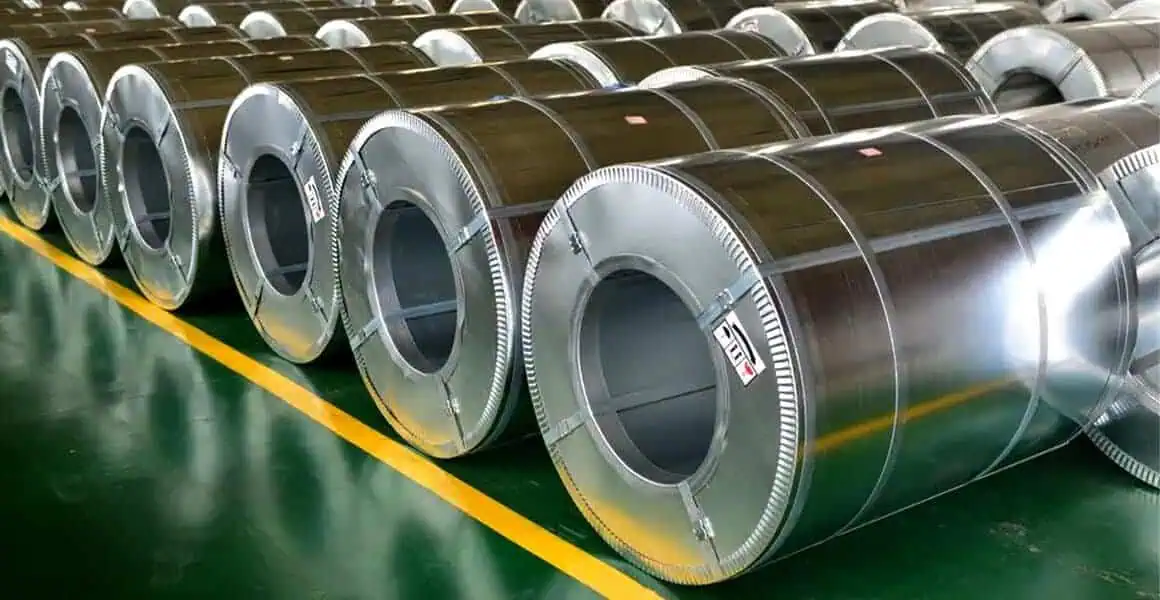
What Are the Common Uses of Galvanized Steel?
Galvanized metal sheet is widely utilized in a variety of sectors, including infrastructure and domestic applications, due to its strength and corrosion resistance. Galvanized steel is commonly used for roofing, fences, pontes, and automotive components. It is also commonly used in HVAC systems, tubo de aço galvanizado, and electrical poles due to its corrosion resistance.
In construction, galvanized steel for outdoor use is perfect for guardrails, structural supports, and street signs. Galvanized iron pipes are used in plumbing systems, whereas galvanized flat steel is frequently utilized in the production of frames and furniture. Galvanized tube is often used in scaffolding and railings to provide long-term structural integrity.
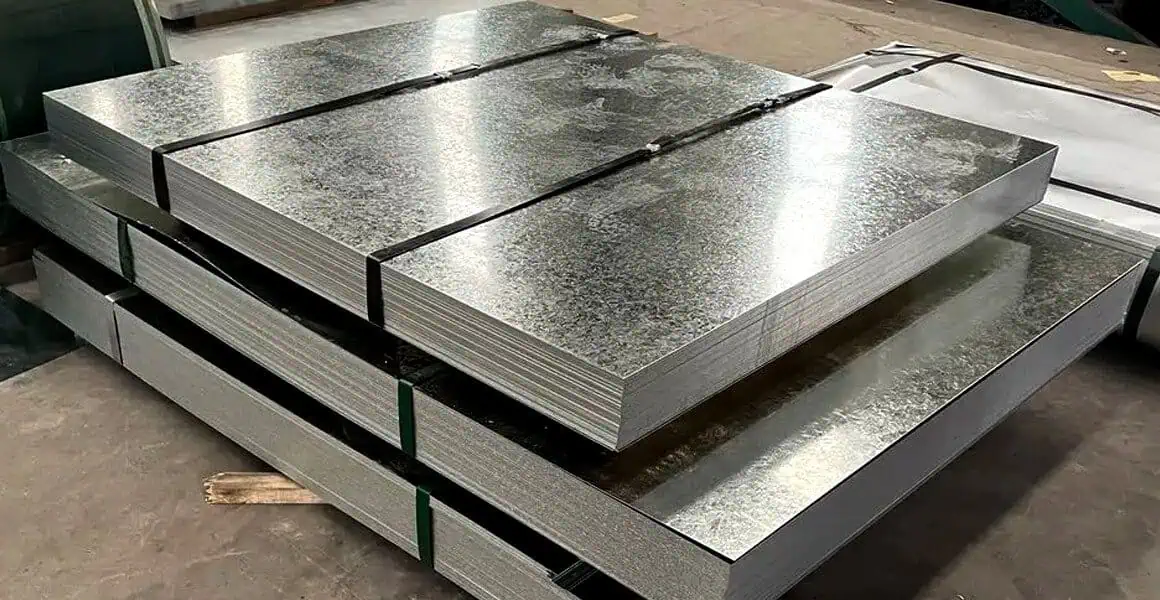
How to Maintain Galvanized Steel?
Although galvanized steel metal is very resistant to corrosion, it still requires adequate care to maximize its lifespan. Neglecting maintenance can result in premature wear, especially in hostile settings.
To maintain galvanized steel by cleaning it on a regular basis, avoiding acidic liquids, and inspecting for scratches or damaged coatings. Protective sealants can help to increase its durability.
Cleaning a galvanized sheet or galvanized plate with mild soap and water eliminates dirt and debris that might cause corrosion. Avoid using aggressive chemicals that will peel the zinc coating. Tubo galvanizado and galvanized tube used in plumbing or construction should be checked for leaks or cracks, as exposed sections can deteriorate over time. If scratches emerge on galvanized metal sheets, a zinc-rich paint can help restore the protective coating.
Routine examinations of galvanized steel for outdoor use, such as fences and roofs, can identify early symptoms of deterioration. Additional protective coatings, such as paint or polymer-based finishes, can improve durability under adverse weather conditions.
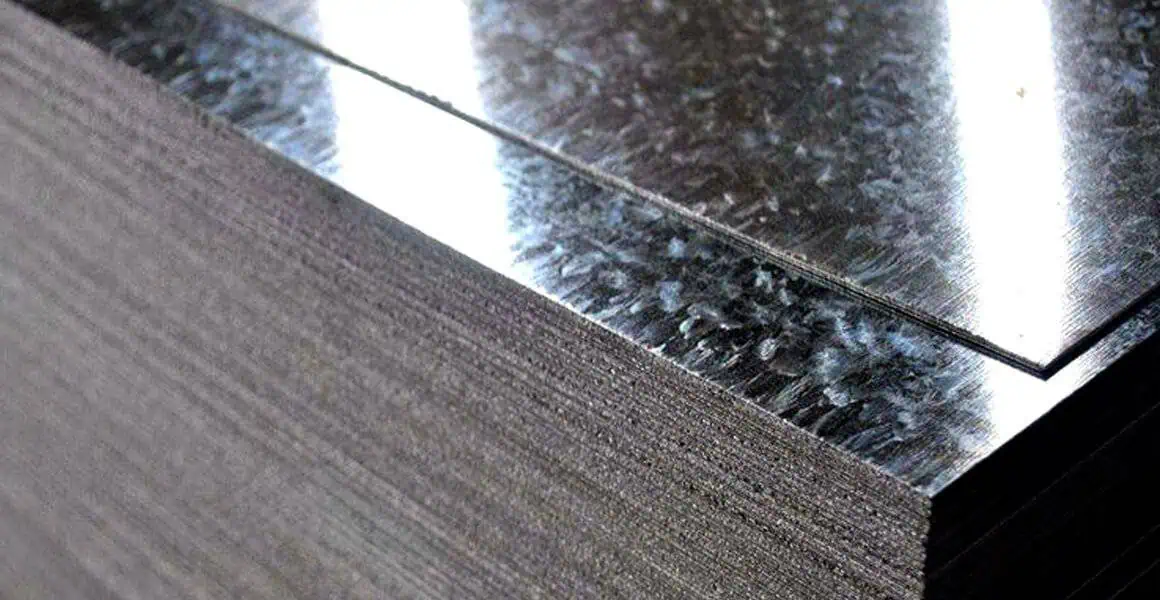
Can Galvanized Steel Rust?
Although galvanized steel is supposed to be corrosion resistant, rust can still occur under certain situations. Understanding these factors might help you avoid early harm. Galvanized steel can rust if the zinc coating is broken or exposed to high moisture, salinity, or acidic conditions. However, it corrodes far slower than untreated steel.
When exposed to hostile maritime conditions, galvanized coil and galvanized aluminum may acquire white rust, which indicates early oxidation. This occurs when the zinc layer responds to moisture before entirely stabilizing. Preventative actions, such as maintaining optimum ventilation and keeping surfaces dry, can help to reduce rust growth.
Scratches in galvanized metal sheet or galvanized flat steel expose the underlying steel to air, which accelerates corrosion. Using a zinc-rich primer can assist to rebuild the protective barrier. In industrial applications, galvanized steel pipe used in chemical processing should be tested for acid exposure that might destroy the zinc coating.
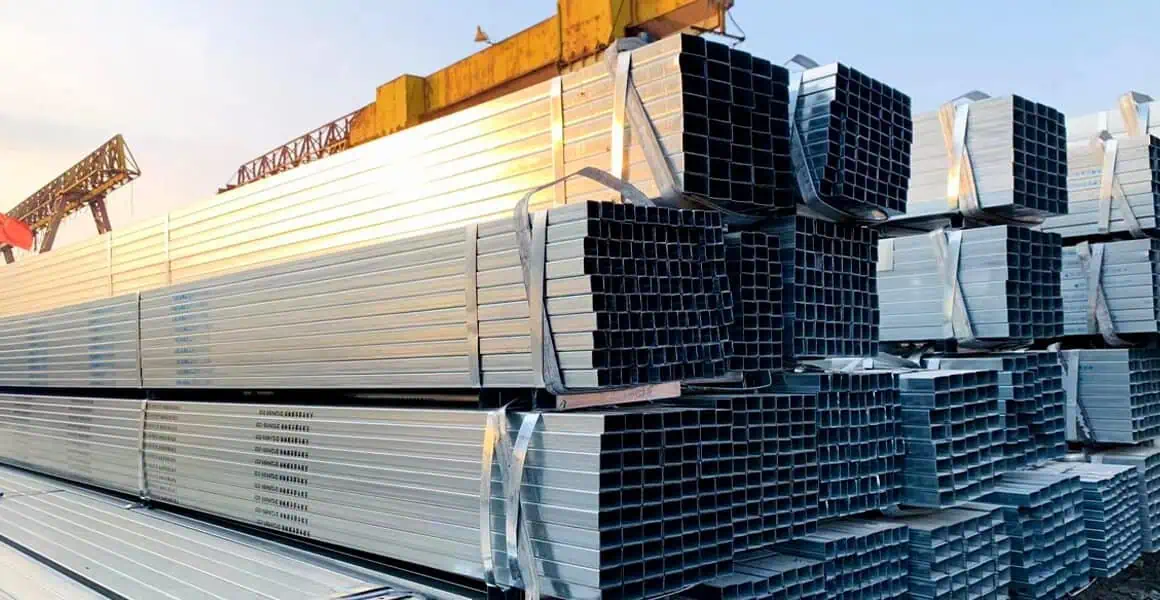
Is Galvanized Steel Stronger Than Regular Steel?
Strength and durability are important considerations when choosing materials for building and production. How does galvanized steel compare to standard steel? Galvanization does not increase the strength of steel, but it does improve longevity by avoiding rust. The basic steel preserves its original mechanical characteristics.
While galvanized metal is very resistant to corrosion, its strength is determined on the grade of steel used. Stainless steel, for example, may be a preferable choice for high-strength applications due to its higher tensile strength.
Galvanized steel for outdoor use application has a longer life expectancy than untreated steel. However, for applications that need a high load-bearing capacity, galvanized flat steel must be reinforced with additional treatments or alloying elements.
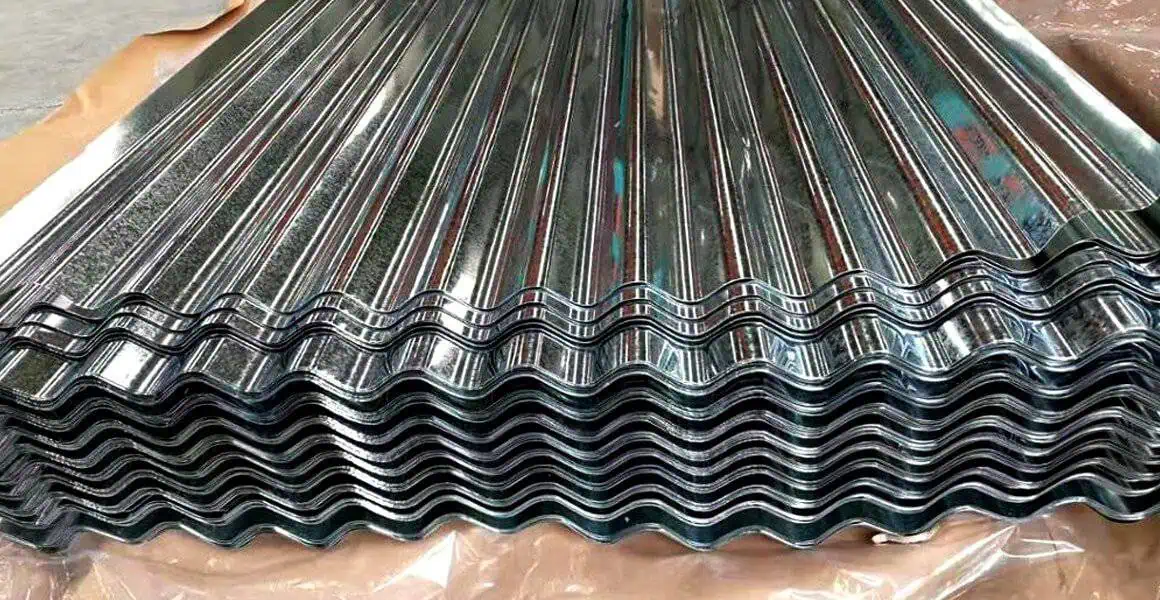
What Are the Disadvantages of Galvanized Steel?
Despite their numerous benefits, galvanized sheet and galvanized coil have several limits that must be addressed before usage. Limitations include probable coating degradation, welding difficulties, and greater beginning costs than untreated steel. Exposure to extreme environments may cause the zinc layer to deteriorate over time.
Galvanized steel prices are often higher than untreated steel because of the additional production steps required. Additionally, galvanized metal welding necessitates additional measures since welding on zinc-coated surfaces emits harmful fumes.
Galvanized steel pipe coatings can chip under excessive mechanical stress, exposing the underlying steel to corrosion. Alternative protective measures, such as powder coatings, can aid in addressing these issues.
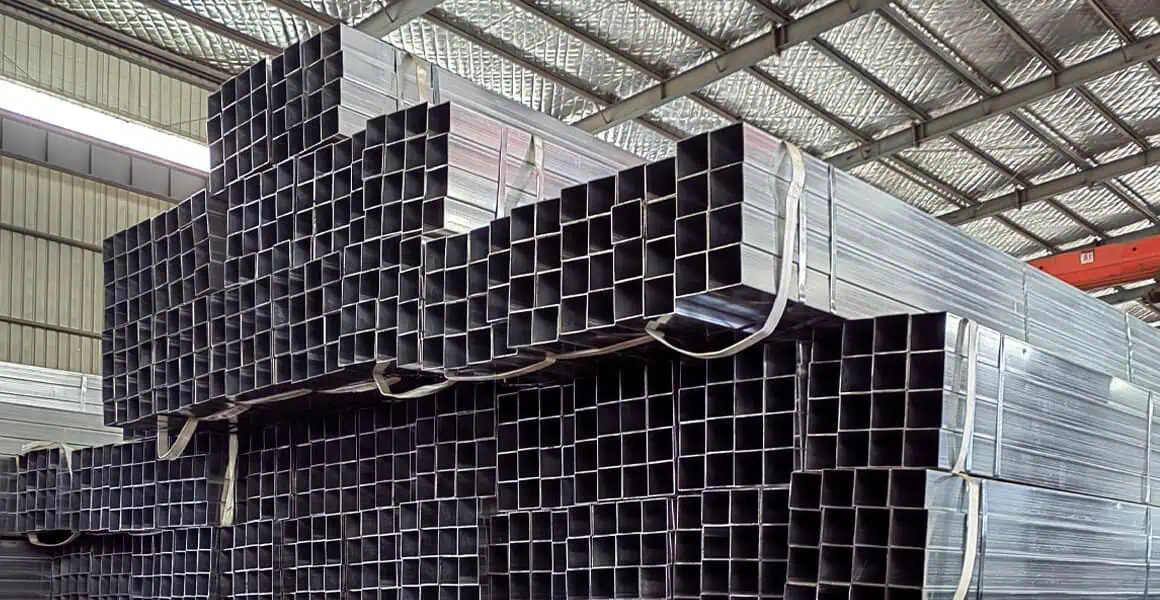
How Many Years Does Galvanized Steel Last?
One of the most significant benefits of galvanized steel metal is its long life. However, its endurance is determined by a variety of elements, including the atmosphere, maintenance, and the type of galvanization utilized. Galvanized steel may endure for more than 50 years in typical situations and 20-25 years in more corrosive ones. With careful care, its life expectancy can be increased even more.
The longevity of galvanized steel for outdoor use varies with exposure to moisture, chemicals, and high temperatures. In dry, moderate climes, galvanized coil and galvanized sheet can survive for more than 70 years without corroding. However, in humid coastal locations where galvanized plates are exposed to saltwater, corrosion might begin sooner.
The thickness of the zinc coating also impacts its lifetime. Hot-dip galvanized steel has a thicker protective coating than electro-galvanized steel, thus it lasts longer. Additional protective coatings, such as paint or powder coating, can be added to galvanized tube, tubo galvanizado, and galvanized flat steel to extend their life.
Galvanized steel pipe used in subterranean water systems may require additional protective measures, such as wrapping or cathodic protection, to avoid corrosion due to soil acidity. By applying suitable maintenance procedures, companies may extend the life of galvanized steel metal and assure cost-effective, long-term usage.

How to Tell If Steel Is Galvanized?
Identifying galvanized metal sheet is critical when choosing the appropriate material for a project. Knowing if steel has been galvanized helps to assure its compatibility for certain uses, particularly in rust-prone regions. Galvanized steel has a unique spangled, somewhat rough surface and is more rust-resistant than untreated steel. It usually occurs in a drab or brilliant silver-gray hue.
Visual inspection of the surface is a standard method for identifying galvanized steel metal. The galvanized sheet frequently exhibits a crystalized pattern known as spangling. This pattern is more obvious in hot-dip galvanized coils, but may be less visible in electro-galvanized finishes.
A simple vinegar test may determine if steel is galvanized. A few drops of vinegar applied to galvanized iron pipe or galvanized plate can trigger a response if zinc is present. Another approach is to use a magnet, whereas galvanized steel is magnetic, stainless steel does not attract magnets.
In industrial applications, determining whether galvanized steel pipe or galvanized tube has been correctly galvanized is critical. If the zinc coating is too thin or uneven, the steel might corrode more quickly. A coating thickness gauge can help you establish if the zinc coating matches industry requirements.

Is Galvanized Steel Suitable for Outdoor Use?
Materials used in outdoor locations must tolerate rain, humidity, temperature variations, and other environmental stresses. Galvanized steel for outdoor use is frequently selected due to its improved endurance in such situations. Galvanized steel is good for outdoor application since it is corrosion resistant. It’s widely utilized in fence, roofing, outdoor furniture, and industrial equipment.
Galvanized sheet and galvanized plate are commonly used in construction to protect structures against moisture damage, such as roofs, gutters, and siding. The galvanized coil used in exterior paneling forms a weather-resistant covering that resists corrosion even in heavy rain.
Galvanized iron pipe is commonly utilized in public infrastructure for outdoor plumbing and water delivery. Galvanized tube is also a popular choice for outside fences, light posts, and traffic signposts because of its long-term rust resistance.
Even in harsh situations, such as coastal areas, galvanized steel metal remains a solid choice. Additional protective coatings, such as powder coating or painting, can be applied to galvanized steel pipe to increase its weather resistance. Regular inspections and maintenance can also assist to protect galvanized metal in outdoor environments.
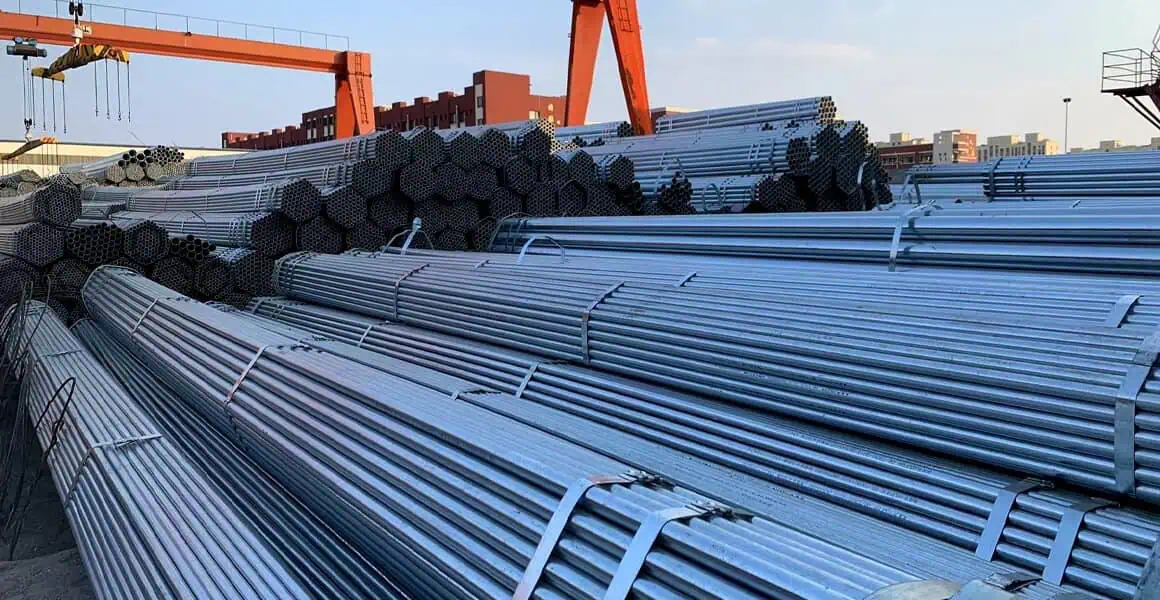
Can You Weld on Galvanized Steel?
Welding galvanized steel poses distinct complications due to its zinc covering. Special care must be taken to guarantee safety and material integrity. However, the zinc coating must be removed before welding to avoid hazardous vapors. Proper ventilation and safety equipment are required for safe welding.
The biggest risk while galvanized metal welding is the release of zinc oxide fumes, which can be dangerous if breathed. Before welding, grind down the galvanized sheet or galvanized plate at the welding region to remove the zinc layer.
Using proper welding processes, such as MIG or TIG welding, contributes to a solid connection. After welding, apply a protective zinc-rich paint to restore galvanized steel metal’s corrosion resistance.
To limit fume exposure when working with galvanized steel pipe or galvanized tube, flux-cored arc welding (FCAW) is advised. If significant welding is required, stainless steel or pre-fabricated galvanized iron pipes with minimum welding are an alternate solution.
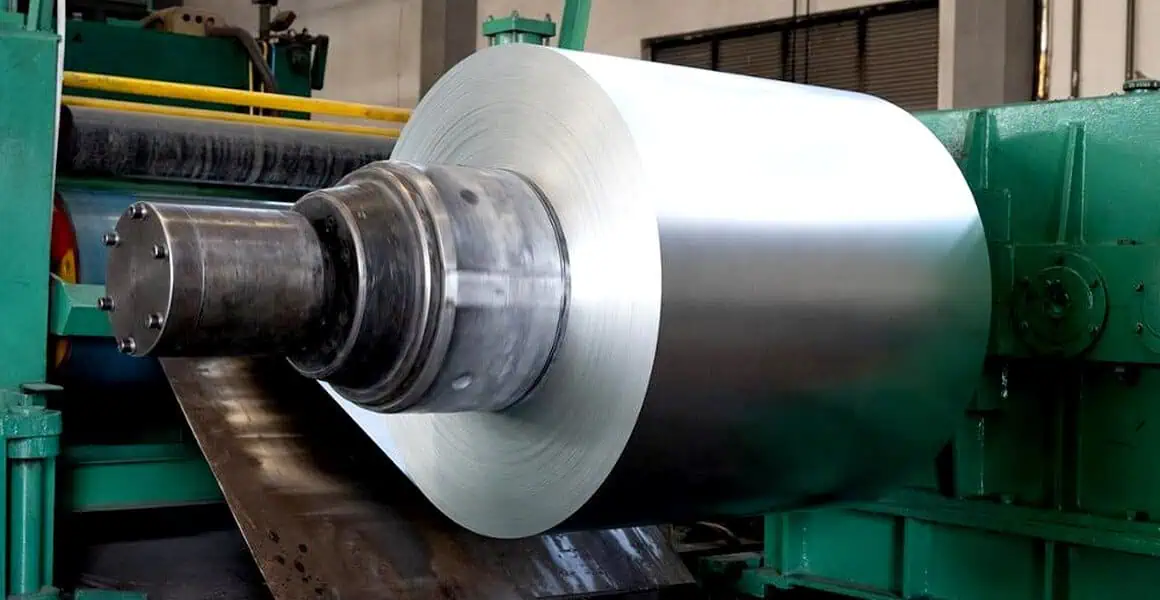
Conclusion
Galvanized steel is a great choice for industrial, construction, and outdoor applications because of its corrosion resistance and endurance. Users may optimize the benefits of galvanized metal for decades of dependable performance by understanding its qualities, performing adequate maintenance, and following best welding techniques.


